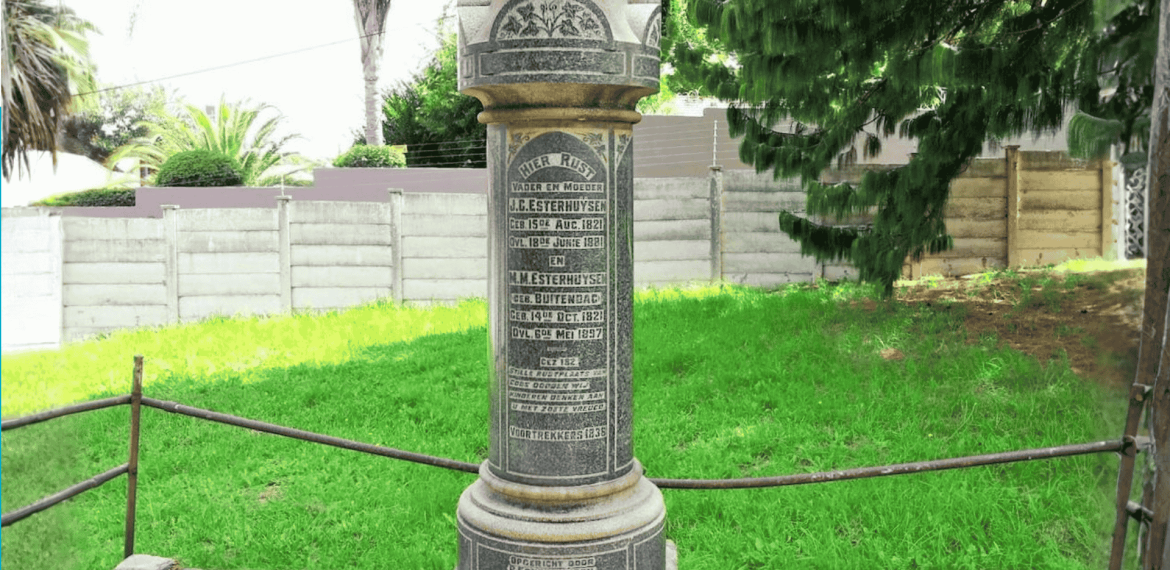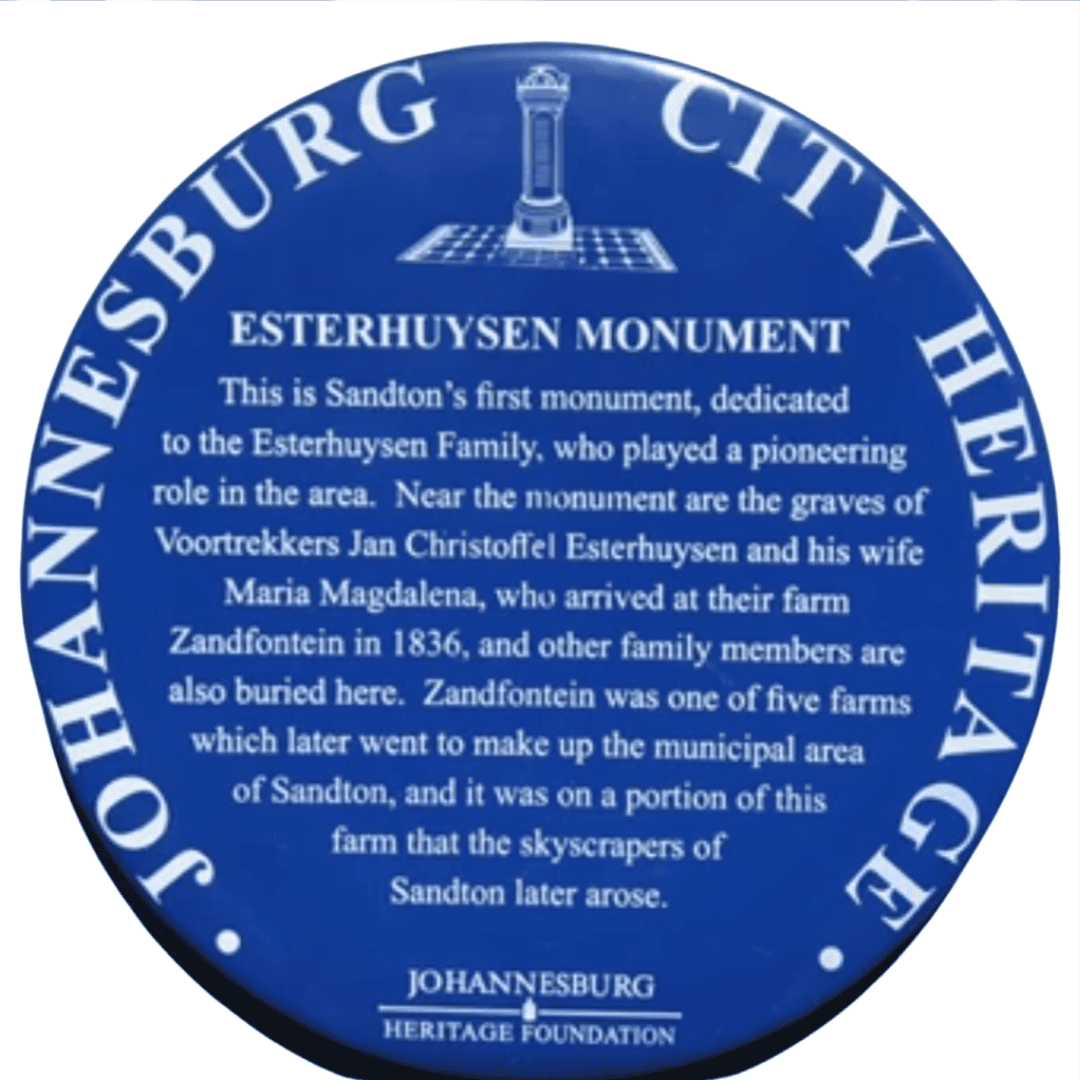
From ox-wagons to office towers — Sandton’s incredible transformation
From ox-wagons to office towers — Sandton’s incredible transformation
From ox-wagons to office towers — Sandton’s incredible transformation
Amid the soaring glass towers and relentless pace of Johannesburg’s financial nerve-centre, lies a quiet, little-known slice of history — one that HOT 1027 News’ Al Prodgers recently uncovered. Just off Rivonia Road, in the shadow of Sandton City’s designer storefronts and the constant hum of traffic, stands an unassuming gravesite that few Joburgers even know exists.
Behind a simple palisade at 19 Adrienne Street rests one of Sandton’s first Voortrekker families — Jan Christoffel Esterhuysen and Maria Magdalena Esterhuysen, who settled here in 1836 when the area was still farmland. The family founded a farm called Zandfontein (Afrikaans for sandy spring), which evolved into Sandown, and ultimately became the Sandton we know today.
Listen to the report by Al Prodgers here:

The plaque denoting the Esterhuysen Monument in Sandton.
The site is tiny — a fenced-off patch of ground surrounded by skyscrapers — yet it’s one of the city’s most tangible links to its rural past. And long before the Esterhuysens arrived, archaeologists say Sotho/Tswana communities lived across this highveld ridge as far back as the 1600s, their iron-smelting sites still visible near Lonehill Koppie.
Standing at the fence, you can almost imagine the ox-wagons and open veld that once stretched where office towers now rise.
It’s a rare reminder that South Africa’s “richest square mile” was once home to farmers, blacksmiths and dreamers — all of whom shaped the city’s story in their own way.

So next time you’re in Sandton, take a short detour off Rivonia Road. Look past the glass and glamour, and you might just glimpse a chapter of Johannesburg’s past quietly holding its ground.
Read more:
More Posts for Show: HOT 1027 Drive









